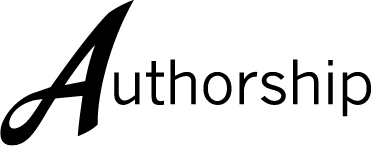The ‘Dial Hand’ Epilogue: by Shakespeare, or Dekker?
- Brian Vickers (Institute of English Studies, London University)
Abstract
During Shrovetide 1599 a play was performed before Queen Elizabeth at Richmond Palace, an occasion for which an epilogue ‘To the Quene’ was written to be spoken by an actor. Discovered in 1972, its first editors tentatively ascribed it to Shakespeare. Two scholars, Michael Hattaway and Helen Hackett, subsequently ascribed it to Dekker, but John Nance has recently revived the Shakespeare attribution, and the poem has been included in The New Oxford Shakespeare. This essay reviews the evidence, concluding that it was indeed written by Dekker. Jonson has also been proposed, having used the same verse form as the epilogue (trochaic tetrameter couplets), but a comparison shows that Jonson’s are in strict trochaics, with each line clearly separated. Dekker’s usage conforms to that of the epilogue, with more run-on lines and iambic metre interspersed. Hattaway had pointed out that the epilogue is also a prayer for the Queen’s well-being, citing other examples ending plays composed during her reign. The key verb form for such prayers is the optative mode, in which the speaker’s hopes and wishes are expressed by the word ‘may’. A search of Dekker’s plays and civic entertainments reveals that he frequently used such formulae, and in many cases echoes the exact wording of the ‘Dial Hand’ poem. Finally, the Shakespeare parallels cited by Nance are shown to be inappropriate.
How to Cite:
Vickers, B., (2018) “The ‘Dial Hand’ Epilogue: by Shakespeare, or Dekker?”, Authorship 7(2). doi: https://doi.org/10.21825/aj.v7i2.9735
Downloads:
Download PDF
View PDF
2302 Views
495 Downloads
